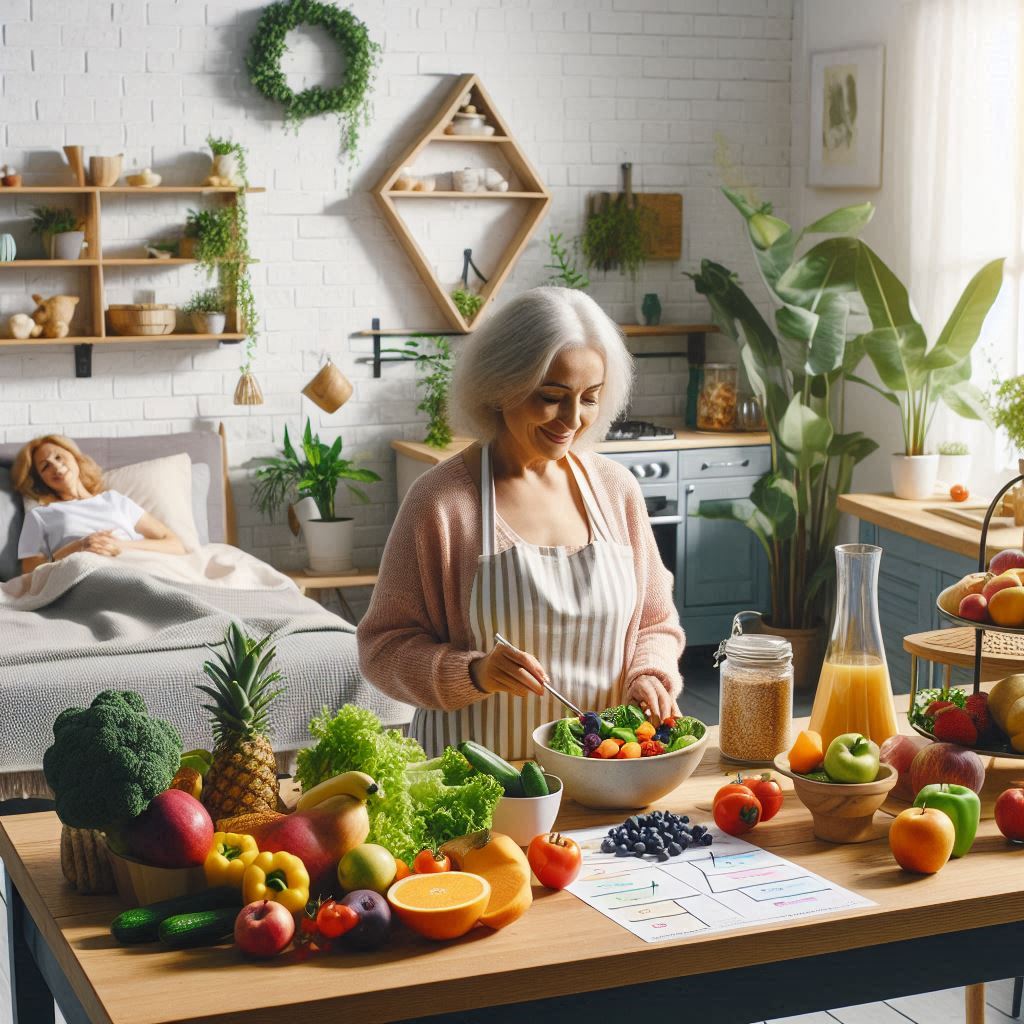Probiotics: Revolutionizing Modern Medicine Beyond Gut Health
Probiotics: Revolutionizing Modern Medicine Beyond Gut Health These friendly bacteria, commonly known as probiotics, have been linked to gut health. Yogurt advertisements and dietary supplements extol them for purposes related to digestion support. New studies reveal that these microorganisms may have a much greater impact on immunity, neurology, and even cancer therapy than previously thought.This blog investigates the new discoveries about probiotics, their systemic effects, and their transformative role in modern medicine. Probiotics: Beyond Gastrointestinal Health Probiotics were initially valued for balancing gut flora and treating gastrointestinal disorders. New research shows their effects extend beyond the gut, impacting the immune, metabolic, and nervous systems. Their complex interactions with the human body have sparked interest in using probiotics to treat and manage various diseases. Immune System Link One of the most important discoveries in probiotic research is the evidence that they influence immune functions. Probiotics can stimulate an imbalanced immune response through interaction with GALT which is an integral part of the immune system. Maintaining a healthy gut microbiota means probiotics regulate inflammation, improve immune defense against pathogens, and there is less chance of autoimmune disorders. Specific strains, including Lactobacillus rhamnosus and Bifidobacterium bifidum, enhance immune function by promoting the secretion of anti-inflammatory cytokines.. This has designated a potential therapeutic effect for probiotics for allergy and autoimmune diseases. It is, therefore, a central focus in probiotic research to discover the relationship of the gut-brain axis, a bidirectional communication network between the gut and the CNS. Probiotics influence this axis by producing neurotransmitters, modifying the activity of the vagus nerve, and regulating certain inflammatory pathways. Neurological Disorders The potential for probiotics in the management of neurological disorders has led scientists to seriously consider non-invasive therapeutic applications in depression, anxiety disorders, and even neurodegenerative diseases like Parkinson’s and Alzheimer’s. The systemic effects of probiotics also manifest through the gut-liver and gut-lung axes. Gut-Liver Axis Probiotics affect the gut-liver axis through optimalization of intestinal barrier function and reduction of bacterial translocation, which is the passage of pathogenic bacteria from the gut to the liver. This has serious implications for: Gut-Lung Axis There is increasing attention paid to the relationship between gut health and respiratory disorders. Probiotics contribute to respiratory well-being by attenuation of systemic inflammation and modulation of the immune response. Probiotics in Cancer Therapy One of the most exciting developments in probiotic research is that of their role in cancer treatment. By modulating the immune system and tumor microenvironment, probiotics show promise in enhancing the effectiveness of cancer therapies, particularly immunotherapy. Probiotic “Cocktails” Different strains of probiotics have been compounded into “cocktails.” This has shown potential in improving patient outcomes in cancer immunotherapy. These formulations enhance the body’s immune response to tumors by: This paradigm-shifting approach can revamp oncology by providing supportive therapies that increase the efficacy of standard-of-care treatments. Read More Strain-Specific Benefits and Mechanisms . Not all probiotics are equal. Each is unique in its benefits based on the genetic profile and mechanisms of action. Here are a few examples: Strain-specific benefits will allow researchers to tailor probiotic therapies for individual patients, ushering in the dawn of precision medicine. New Development in Delivery Technologies The survival and potency of probiotics can be threatened in probiotic therapy as they must pass through the harsh conditions of the gastrointestinal tract. Recent innovations in delivery technologies aim to address this issue. Microencapsulation This is the technique of encasing the probiotics in protective materials, protecting them from acids and bile in the stomach and ensuring their release in the intestines for maximum activity. Nanotechnology Nanoparticles are now designed in such a manner to deliver the probiotics as precisely as possible, thus stabilizing and enhancing absorption. This opens up the doors for more consistent and effective probiotic therapy. Future of Probiotics in Medicine As research goes on, probiotics are becoming a vital part of modern medicine. Being able to modulate multiple systems at once makes these beneficial microbes good candidates for the treatment of various complex diseases. The future of probiotics is to be found in: Click Here To know More Conclusion Probiotics are no longer just about gut health. Their systemic effects and therapeutic potential are revolutionizing modern medicine. From enhancing immune function to supporting neurological health and cancer therapy, probiotics offer a versatile, natural, and non-invasive approach to disease treatment. Probiotics will soon be at the heart of precision medicine with their tailored, personalized solutions to a wide array of health conditions. This is but the start of this journey with probiotics, and certainly there are a lot of promises in store. Embracing the power of probiotics is the way toward unlocking new frontiers in healthcare, harnessing the microscopic wonders of nature to transform lives.



